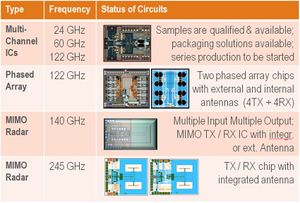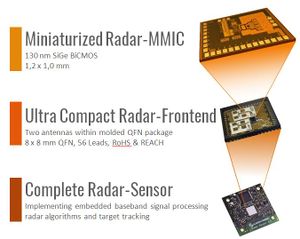ASIC Design & Design Service
1 General Information
ASIC stands for Application-Specific Integrated Circuit, which means integrated circuits (IC) that are designed for specific purposes. These ICs are not commercially available on the markets. Therefore, the specification and the performance of the ASICs can be optimized to be most suitable for the applications and the requirements from customers. Normally, the number of chips obtain from ASIC designs are lower compared to those from the standard chips. ASICs offer several advantages compared to employing standard ICs, such as: - Customization and optimization to be most suitable for specific tasks - IP (intellectual property) in the design can be protected - Can be low cost and small lot number
2 ASIC Design Process
The process of ASIC designs normally started with initial specifications from customers. With these basic requirements, a feasibility study will then be conducted, which can include fundamental verifications from simulations to check for realistic parameters. Then further discussions with customers based on the results of the feasibility study will be done to finalize the specifications. After these initial steps, the chip design process can start until the chip fabrication process has been done. The steps after this will include packaging (depending on the agreements), measurements and documentations.
3 Design Service at Silicon Radar
At Silicon Radar, ASIC design services of Radar chips are available in a wide frequency range starting from low GHz region such as 10 GHz up to sub-THz region such as 245 GHz. The types of Radars are also available in a wide variety such as single-channel FMCW Radar, multi-channel Radar, phased-array and MIMO chips. The experience in Radar chip design at Silicon Radar is summarized (but no limited to) in Figure 2. The main technologies used in the designs are IHP SiGe BiCMOS such as 250-nm (for low-frequency circuits) and 130-nm processes (for high-frequency circuits).
Not only ASIC Radar chip designs, Silicon Radar also provide a full range of design flow starting from design consultant, chip design, antenna design, Radar module and complete Radar sensor. The miniaturized Radar design service at Silicon Radar is summarized in Figure 3.


